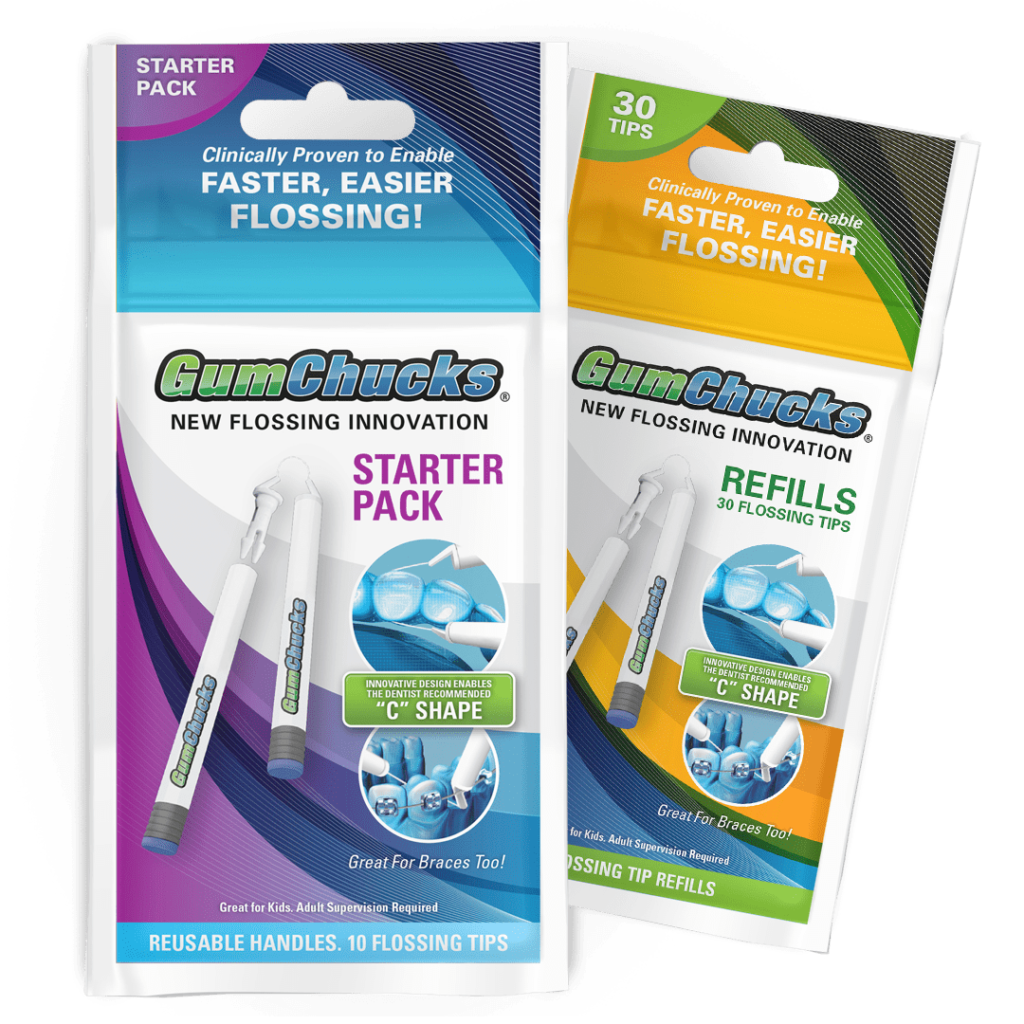A tooth abscess is a painful infection that can occur in your tooth, the surrounding gums, or down in the jawbone. Depending on the stage the abscess is in, it’s symptoms can vary to both ends of the pain spectrum. However, regardless of where it has formed or where your pain level is, tooth abscesses don’t heal on their own and can eventually lead to serious health complications if left untreated. Below, we outline the tooth abscess stages, as well as causes, symptoms, treatments, and preventable measures to help you steer clear of this painful oral infection.
Tooth Abscess Stages
A tooth abscess is a collection of puss that develops in your tooth, gum, or jaw as a result of an untreated cavity, tooth decay, gum disease, or an open wound within the mouth. While an abscess doesn’t usually start painful, the infection progresses in the following stages:
- Untreated Cavity, Tooth Decay, or Gum Disease – First, the protective enamel layer of your tooth will begin to erode, which may lead to mild tooth sensitivity. Once past this first layer, the infection will continue to damage the next layer called dentin, which can lead to increased tooth sensitivity. Finally, the infection will erode itself down to the innermost part of the tooth called the pulp. Here, the harmful bacteria will attack the tooth nerve, resulting in significant pain.
- Abscess Growth – Once the bacteria have made its way into the pulp, you may notice a small hole in the infected tooth. Once the tooth’s nerves dies, the abscess begins to form. During this painful stage, the affected individual may notice gum swelling, inflammation, and even a fever.
- Sepsis – If you’re experiencing any of the aforementioned symptoms, we highly advice you visit your dental professional before reaching this point. If you don’t receive treatment for an abscessed tooth, the bacteria will spread through your bloodstream and result in a life-threatening infection called sepsis.
In addition to a tooth abscess, described above, other oral abscesses include:
- Gingival Abscess – When the infection is localized inside of our gum tissue.
- Periodontal Abscess – In severe cases of periodontal disease (click here to read more on periodontal disease), the gum tissue connected to your tooth roots become severely infected and results in an abscess.
- Periapical Abscess – As a result of a dying tooth nerve, a cyst develops, drains, and leads to an abscess.
Tooth Abscess Causes and Symptoms
Tooth abscesses always form because of an infection, which can stem from a few causes such as:
- A foreign particle between the teeth that is not removed.
- Falling and cracking a tooth, if not treated, can make it susceptible to infection.
- Severe cases of gum disease.
- Underlying conditions such as diabetes or a weakened immune system.
- Sugary food and beverages.
- Not practicing proper oral hygiene.
The main symptom of an abscessed tooth is throbbing pain around the affected area. Other common symptoms of developing tooth abscesses include:
- Difficulty swallowing or opening the mouth.
- Bad breath or a foul taste in the mouth.
- Sensitivity to foods, cold or hot, as well as liquids.
- Trouble staying asleep.
- Fever or nausea.
- Vomiting.
- A headache.
Tooth Abscess Treatments and Prevention
The goal of treating a tooth abscess is to eradicate the infection, which is approached in the following ways:
- If easy to reach, the dentist will cut open the puss pocket and drain the abscess.
- In mild cases, the dentist will prescribe antibiotics in hopes to eradicate the infection.
- In serious cases, the dentist will perform a root canal by removing the diseased pulp in the infected tooth and drain the abscess.
- If an abscessed tooth can’t be saved, the dentist will extract it to eliminate the infection altogether.
Tooth abscesses are painful, which is why it’s best to prevent them altogether. There are numerous steps you can take today to prevent abscess and other oral health issues, such as:
- Maintain Healthy Oral Hygiene: Brushing and flossing your teeth twice per day is vital to prevent tooth decay.
- Eat Healthy: Reducing the amount of sugar you consume in a day will help keep your smile bright.
- Quit Smoking: Smoking leads to cavities, gum disease, and overall tooth decay. Quitting smoking also reduces the risk of oral cancer.
- Visit Your Dentist Regularly: Visit your dentist once every 6 months to identify and treat any oral infections.
Flossing and brushing twice a day is essential to preventing tooth abscesses. Flossing is the only way to remove plaque from between your teeth, flossing regularly also helps keep tartar out of hard-to-reach places. GumChucks’ design ensures a flossing experience that’s faster, easier, and more effective than competing flossers or traditional floss. Our two handles with disposable floss allow you to comfortably reach all your teeth, even those in the back while wrapping the floss around each tooth. This creates the vital “C-Shape” necessary to get below the gum line and effectively clean each tooth.

GUMCHUCKS MAKES FLOSSING FUN, FAST, AND EASY!
Click here to get started with GumChucks today!

0 Comments